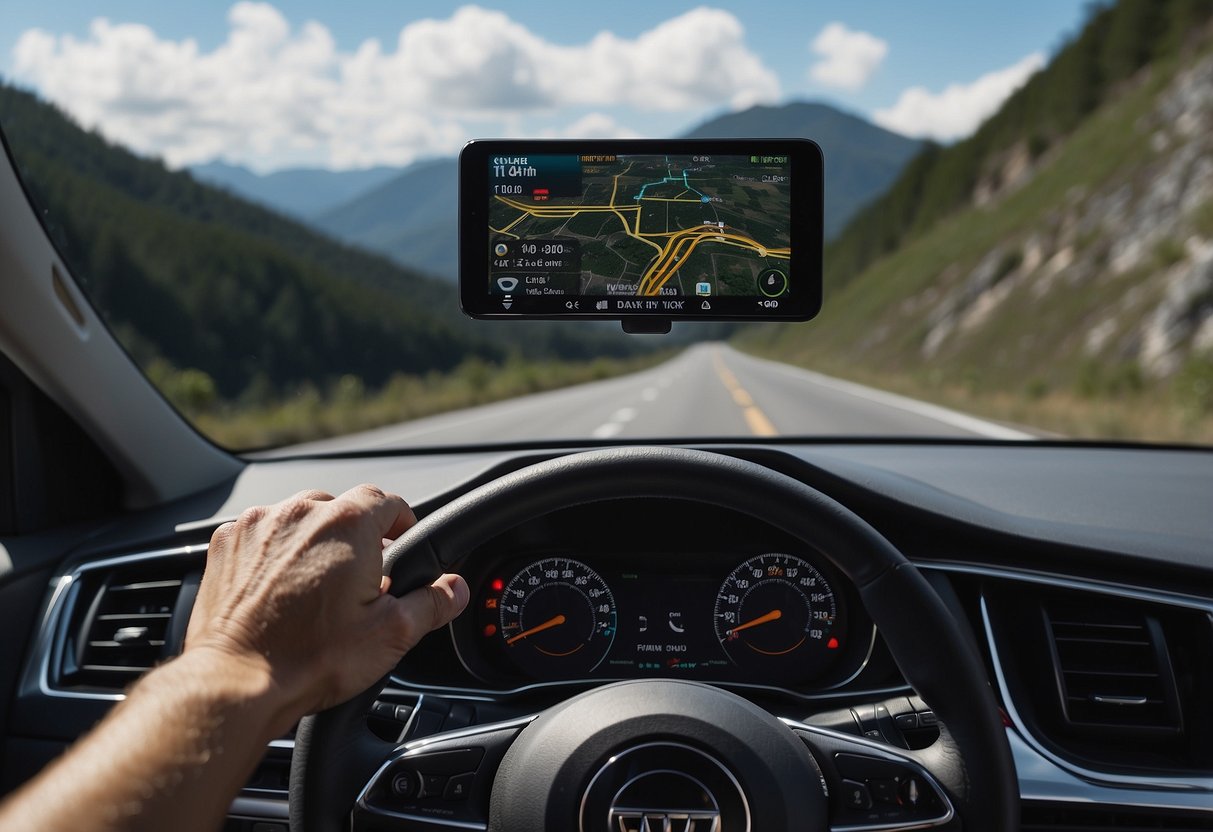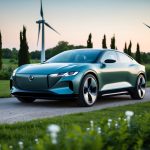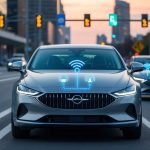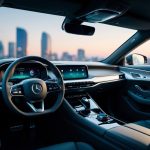
Augmented Reality (AR) is transforming the driving experience by enhancing the driver’s interaction with their environment. By overlaying digital information onto the real world, AR provides real-time data and guidance, making navigation and hazard detection more intuitive and efficient. This technology is not only improving safety but also increasing convenience and connectivity for drivers.
Car manufacturers are integrating AR into windshields and heads-up displays to provide drivers with critical information without requiring them to take their eyes off the road. This seamless integration of virtual and physical elements helps drivers make better decisions, reduces distractions, and enhances the overall driving experience. Drivers can see everything from navigation arrows directly on the path ahead to real-time hazard alerts, enhancing situational awareness.
AR is also paving the way for more engaging interactions with in-car systems and smart features. By leveraging voice commands and gestures, drivers can control their vehicle’s functions in a safer and more intuitive way. This innovative approach to driving technology marks a significant shift in how we interact with our cars, making driving not just a means to an end but a more connected and informed activity.
Fundamentals of Augmented Reality
Augmented Reality (AR) enhances real-world environments by overlaying digital information, transforming how users perceive and interact with their surroundings. It involves a blend of real and virtual worlds, creating immersive experiences.
Defining Augmented Reality
Augmented Reality integrates computer-generated content with the physical world. Unlike Virtual Reality, which creates a closed virtual experience, AR overlays information, images, or animations onto real-world environments. Users access AR via devices like smartphones, tablets, AR glasses, and heads-up displays in vehicles.
AR applications span various fields, including gaming, education, and training. In the automotive industry, AR can project navigation instructions onto the windshield, display important vehicle information, and even enhance driver safety.
AR’s defining feature is its ability to provide real-time interaction and context-aware content.
Historical Development
The concept of Augmented Reality has been around since the 1960s. Early developments included the creation of head-mounted displays, such as Ivan Sutherland’s “Sword of Damocles,” a fundamental step in AR evolution. However, AR remained largely experimental until the late 20th century.
The 1990s saw significant advancements with the introduction of ARToolKit and the development of more sophisticated tracking technologies. By the early 2000s, AR began to gain traction with applications in commercial and consumer markets.
Recent years have witnessed an explosion in AR adoption, driven by advancements in smartphones and computer vision technologies. Today, AR is widely used across industries, from entertainment to complex industrial applications.
Core Technologies
Several core technologies enable Augmented Reality. These include computer vision, which allows AR systems to understand and interpret real-world environments. AR applications rely heavily on sensors, cameras, and GPS to provide context-aware content.
Display technologies, such as transparent glasses and heads-up displays, are critical components. These technologies project digital content seamlessly onto real-world views. Robust software frameworks and development tools, like ARKit and ARCore, facilitate the creation and deployment of AR applications.
Tracking and registration technologies ensure that digital content aligns accurately with physical surroundings, allowing for real-time interaction. These technologies collectively make AR a powerful tool for enhancing the driving experience.



